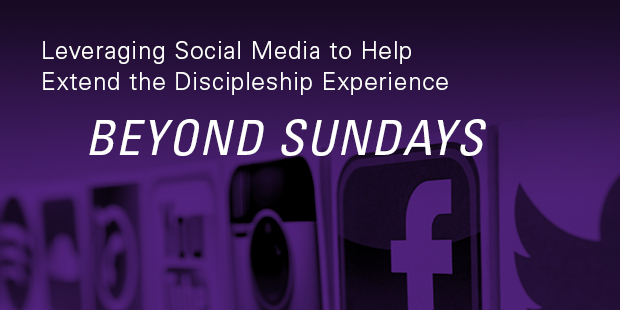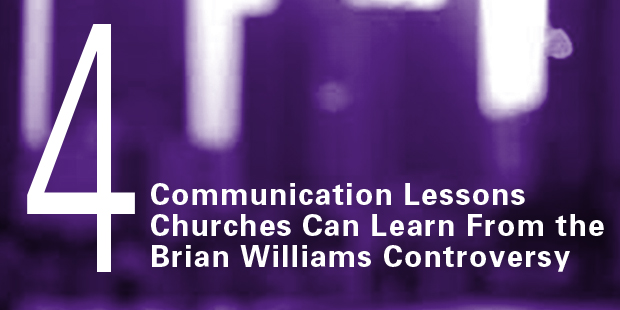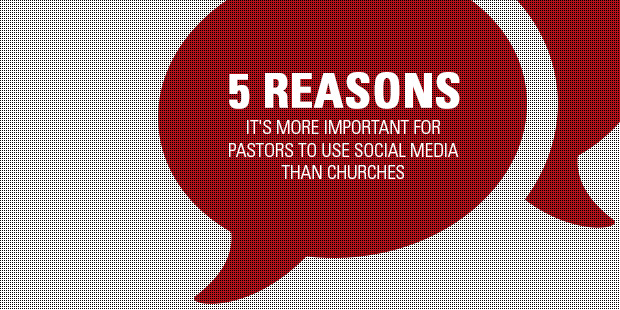
Engaging People with FOMO *Fear of Missing Out
Supply and demand is not only a fundamental economic principle, but a cultural assumption. When the supply of a product or service becomes scarce, it becomes more valuable. If there is an unlimited availability, it simply remains worthless for people. Is it possible to leverage scarcity to drive engagement at your church?
Engagement continues to be a critical factor that many churches are looking to increase impact. We want more people to engage in our services, on our service teams and in our mid-week groups. Scarcity is a powerful tool to help drive engagement and, ultimately, growth at your church. With “Sunday always coming” we give the perception that there is no scarcity to our activities, however, here are five ways to position our ministry to drive more engagement using scarcity:
- Seating in Auditorium // Church works better full. It’s just true. Church leaders love Easter and Christmas because their auditoriums are fuller than normal. The feeling of only a few empty seats creates a positive vibe in the church. What if your church reduced the seating capacity at some “non-prime time” services to help create that sort of buzz every week? I’ve seen this done at some of the fastest growing churches in the country. They will offer a multiple service times but in the “off prime” services they will remove seats to compress the audience together. This could be done by either removing the seats or using “pipe and drape” to block off a section or two.
- Group Start Up Windows // A common strategy for churches encouraging people to get into a mid-week group is by limiting the windows people can join. In the beginning, this seems counter-intuitive because it would appear that allowing people to join whenever they are ready is a better strategy. However, churches that limit the window for people to join have found that there is a focused energy on joining before the window closes which helps move people into a group. Our friends at North Point Church use an event called GroupLink to help encourage people to attend. They’ve been employing this strategy for almost two decades and have seen consistent growth in their group attendance.
- Discount Cliffs for Sign Ups // Is your youth group heading out on a retreat in the coming season? Are you tired of everyone signing up in the last week to go? By providing a financial incentive to sign up early you’ll move some of your families to register sooner to get the lower price. The best practice is to have 3 different prices with a cost spread of about 15% for the lowest price which is the “super early bird” rate. Not only will this move your registrations earlier and help you plan better for the event but over time as you repeat this strategy you’ll notice a change in the registration trends and be better at predicting registrations. This strategy can be employed with any event where you need people to pay a fee to register.
- Free Ticketing for Big Days // Christmas Eve and Easter continue to be critical times for churches to reach out into their community. Many leading churches will use some form of free tickets for these big days to encourage people to register ahead of time for the event. The scarcity of tickets “selling out” encourages the community to invite their friends early so that they can get their desired service time. It also helps if your church members ask their friends for a confirmed commitment as the scarcity of the tickets means that they need to actually register their intent. Free ticketing also results in the church gaining the contact information of every registrant before the event occurs. You can use this contact information to plan your follow up with guests before the event even happens.
- Series Preaching // Prevailing churches package up their content into 4-8 week “series” that help provide a framework on what the church is discussing. Rather than just having one sermon after another, series preaching allowing the communicator to have a “story arch” that goes from one week to the other. This adds scarcity to our Sunday mornings as each series has a “beginning, middle & end” which encourages people to attend. Expanding churches use a collection of approximately 4-week long series on average which means they get 12 opportunities a year to engage with their community with a “limited time offer” on their sermons.
Connect with an Auxano Navigator to learn more about engaging people in your church.

Tags: Engagement, Engaging people, FOMO, Rich Birch


























